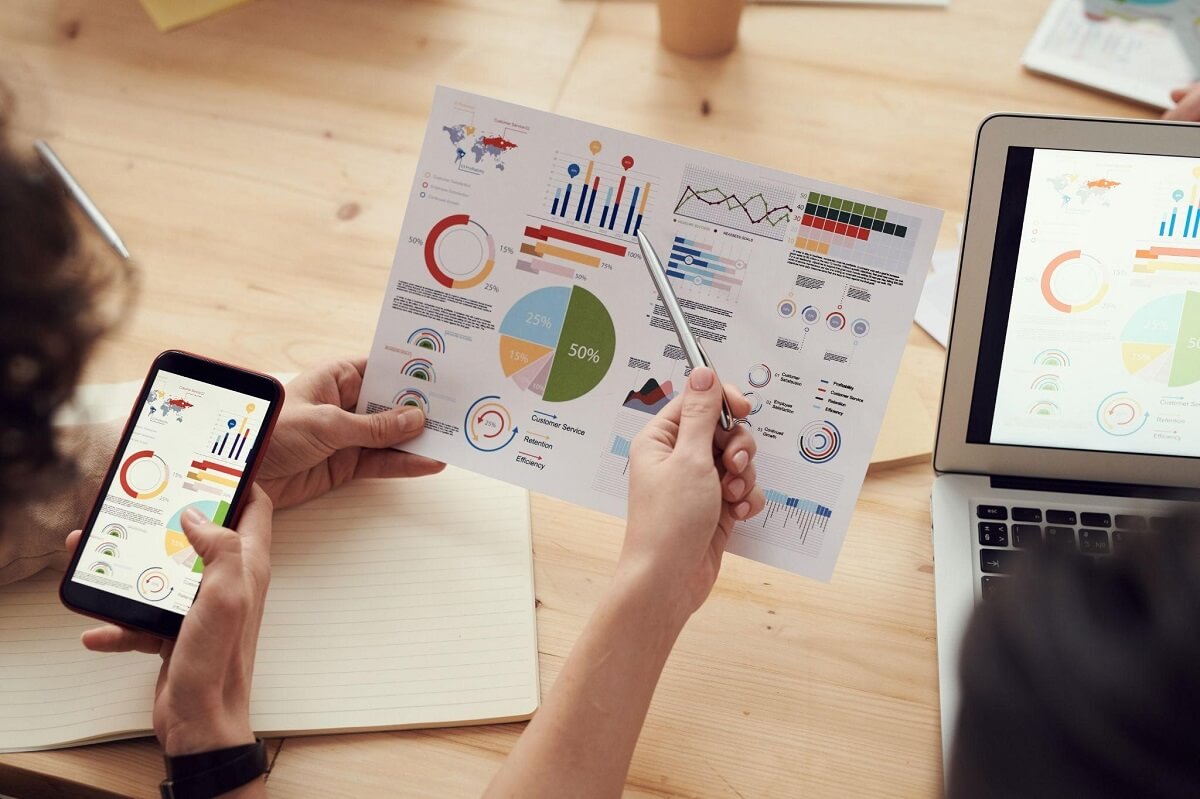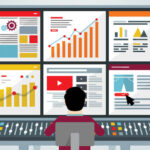Visuals have a strong pull. You may render any notion more understandable if you convey it as a visual, whether it’s the theory of string or your company’s budget. This not only makes it clear and simple to grasp, but it also helps you save time and other essential resources.
Visual project management aims to accomplish just that. Project timelines as well as other visual tools are used to make project management simple and enjoyable.

How do you define visual project management?
Using visual tools and techniques, visual project management covers the planning, execution, and administration of projects. The goal is to increase visibility and provide project managers easy access to crucial data, such as significant deliverables.
On the other side, visual project management presents complicated project information using diagrams and visual boards. This ensures that everyone working in the project is situated on the same page and makes the information easily accessible. Visual thinking is also crucial to the success of visual task management.
You monitor and analyze the visual data as you deal with it in real-time. Additionally, you can work together with the other players to come to wise conclusions.
Visual Project Management’s Advantages
Visual task organization has become popular in the project management world, but before you can convince your team to embrace it as rapidly as a viral trend, you must comprehend why it’s crucial.
Here are some benefits of using visual project management. It can:
- Increase team efficiency and save time by getting insights instantly.
- With a bird’s eye perspective of the project, make data-driven decisions that will help project managers understand the status of the work and see possible obstacles before they arise.
- Make all levels of communication more convenient.
- Assist you in real-time comprehension of the effects of each project modification
There are several visual project management solutions available today, ranging from simple timelines to dashboards that gamify procedures. But keep in mind that it’s crucial to use an imaging instrument that completely suits the requirements of your company.
Scrum and Kanban boards
Are you accustomed to agile project management? So you must be familiar with kanban as well as scrum boards. These agile technologies provide a visual way to display your project plan, and divide a project into numerous columns, much like a Solitaire board.
The tasks are represented by cards, and each column symbolizes a different project phase, such as project planning. The task designation, assignee, deadline, and other details are all included on these cards. You move a task’s card from column to column as you accomplish it until it gets to the finished phase.
An agile team may more easily see task statuses as well as the project’s overall performance at a glance thanks to kanban or scrum boards in this way. So what distinguishes a kanban board from a scrum board?
Both the scrum boards and kanban boards employ the previously mentioned column-card method. However, they differ in two important ways:
- Only the work completed during an individual sprint, which typically lasts for two to four weeks, is tracked on a scrum board.
- On the other hand, teams work on assignments as they arrive using a kanban board, which isn’t only for sprints.
A kanban board restricts the amount of activities that can be active at once in order to increase productivity. A scrum board, however, has no such restrictions.
When to utilize scrum boards and kanban
Kanban and Scrum boards make excellent visual aids for:
- Managing project modifications (a typical occurrence for an agile team)
- Enhancing the accountability and productivity of agile teams
- Taking charge of tasks including event planning, manufacturing, and software development
Gantt diagram
Among the most tried-and-true methods for visual management of projects is the Gantt chart.
This horizontally stacked bar chart, which displays the project timeline and highlights important details like your tasks, time constraints, and current status, is a visual project management tool.
You may learn more about a variety of topics by using modern Gantt charts, such as:
- Task Dependencies and Relationships
- Tasks’ lengths
- Who is accountable for what tasks?
- The assignments you must perform in order to reach your due date on time are on the crucial route.
Gantt chart use scenarios
A Gantt chart typically works with any project that has a plan. However, the following situations call for a Gantt chart:
- When strict deadlines are present
- If you need to generally estimate the duration each job can take, use the gantt chart if you have tasks which must be done in a specific order.
Project Timelines
Project timelines would resemble level one in a video game if visual administration of projects were it. An easy approach to see your project roadmap is via a project timeline, which displays your project’s happenings in chronological order. This visual the management of projects tool often shows:
- Each job you have in your project
- The dates when each work will begin and conclude
- The task’s timeframe
Project timeline charts: When to use them
This tool may be used by project managers for:
- Programs for developing road maps
- Managing scope creep (https://management.org/what-is-scope-creep) in projects
- Defining objectives and assigning roles
However, because timelines are often simple, you should combine them with other project management tools, such kanban boards.







1 Comment